Just before the August 1 deadline, U.S. President Donald Trump once again disrupted global trade expectations by announcing new tariff measures. These include a hefty 40% tariff on transshipped goods, rate changes for numerous countries, and another major shift in trade policy, all set to take effect the following week.
The timing right before midnight added to the drama, leaving markets and governments scrambling to understand the implications. As has become typical, this decision dropped without warning, creating a fresh wave of uncertainty.
Trump’s Unpredictable Trade Strategy Redefines Global Norms, Shakes Confidence in Agreements
Trump’s trade moves follow a now-familiar script: sudden announcements, last-minute delays, and inconsistent follow-through. In April, he hiked tariffs by 10%, paused the move, and later partially reinstated it. A July restart was postponed to August 1.
These abrupt shifts leave businesses disoriented, governments frustrated, and legal teams overworked. But far from being random, this chaos is a deliberate part of Trump’s negotiation style, a blend of unpredictability and pressure politics designed to keep counterparts off balance.
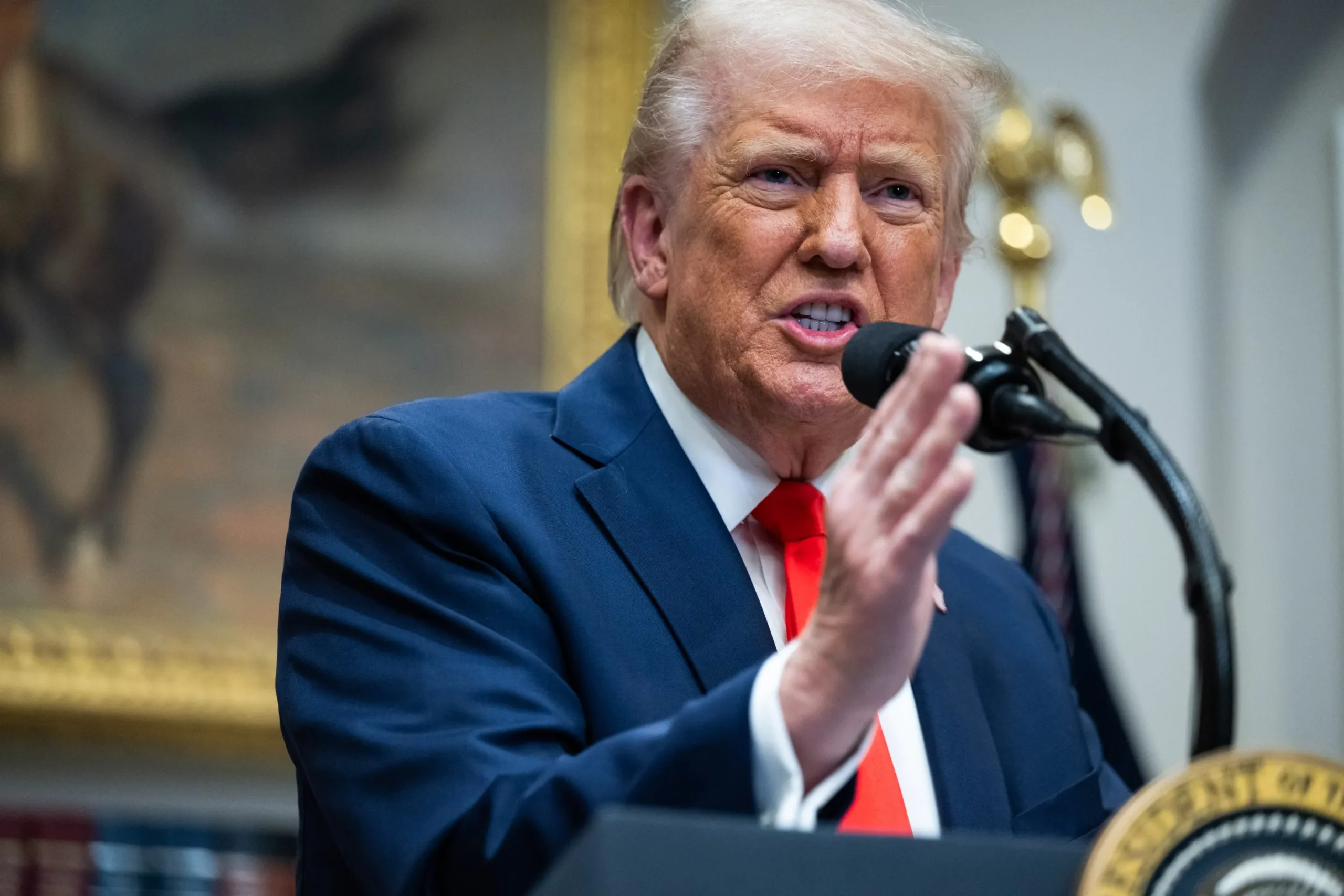
Experts see more than just theatrics in Trump’s actions. Stephen Olson, a former U.S. trade negotiator, argues that Trump has fundamentally changed the way global trade operates. By rejecting the very trade system the U.S. once championed, the administration risks undermining global norms.
Olson warns that while a total breakdown hasn’t occurred, Trump’s approach has undeniably shifted the world closer to a more unpredictable and fragmented trade environment, treating international agreements as episodic rather than enduring.
Deal or Disruption? Trump’s Tactics Deliver Results but Fuel Global Economic Instability
Trump’s “Art of the Deal” approach has, in some cases, yielded tangible outcomes. The USMCA is a prominent example, forged through prolonged negotiations under threat of NAFTA withdrawal. Similarly, a last-minute agreement with the U.K. was touted as a major win.
These actions send a clear message: comply quickly or face stiff tariffs. While effective in certain scenarios, this brinkmanship creates significant collateral damage, especially for countries caught off guard by sudden inclusion in new tariff regimes.
The latest round of tariffs, affecting a broad range of nations including Canada and even neutral Switzerland, coincides with ongoing U.S.-China negotiations, further complicating diplomacy. Markets remain volatile as CEOs and investors factor Trump’s unpredictable moves into their strategies.
Holger Schmieding, chief economist at Berenberg, suggests that Trump’s harshest measures often serve as bargaining tools and may be dialed back post-negotiation. Nonetheless, for businesses and governments alike, the real challenge lies not only in Trump’s decisions but in their erratic timing and the instability they generate.

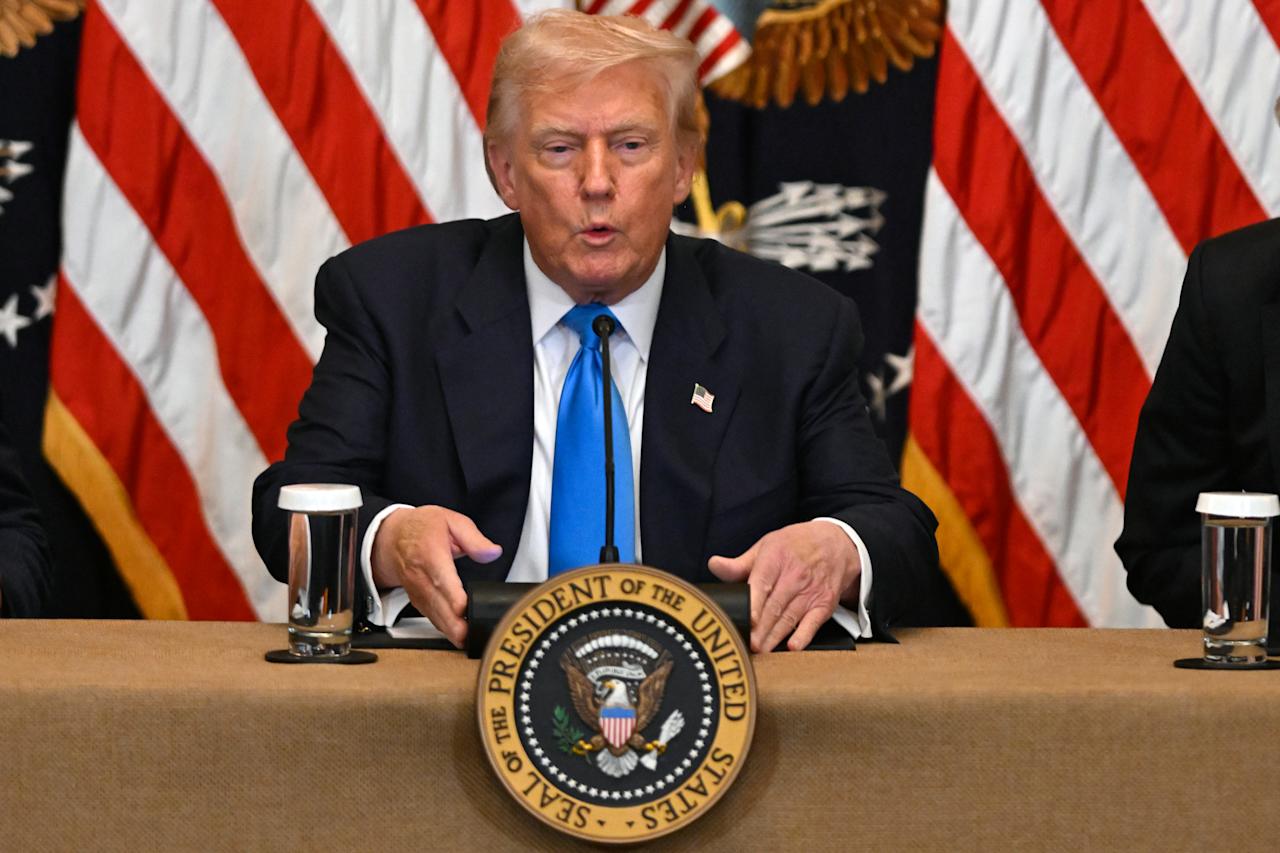







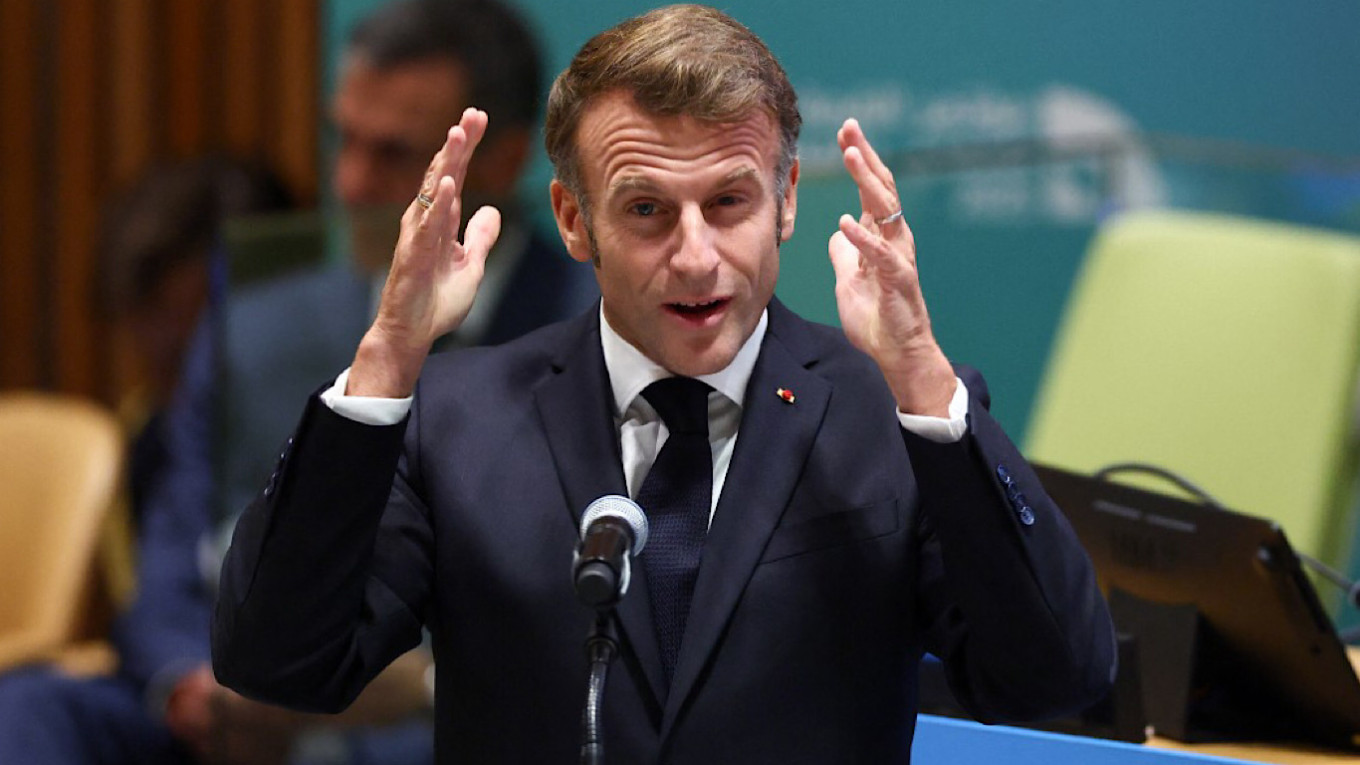
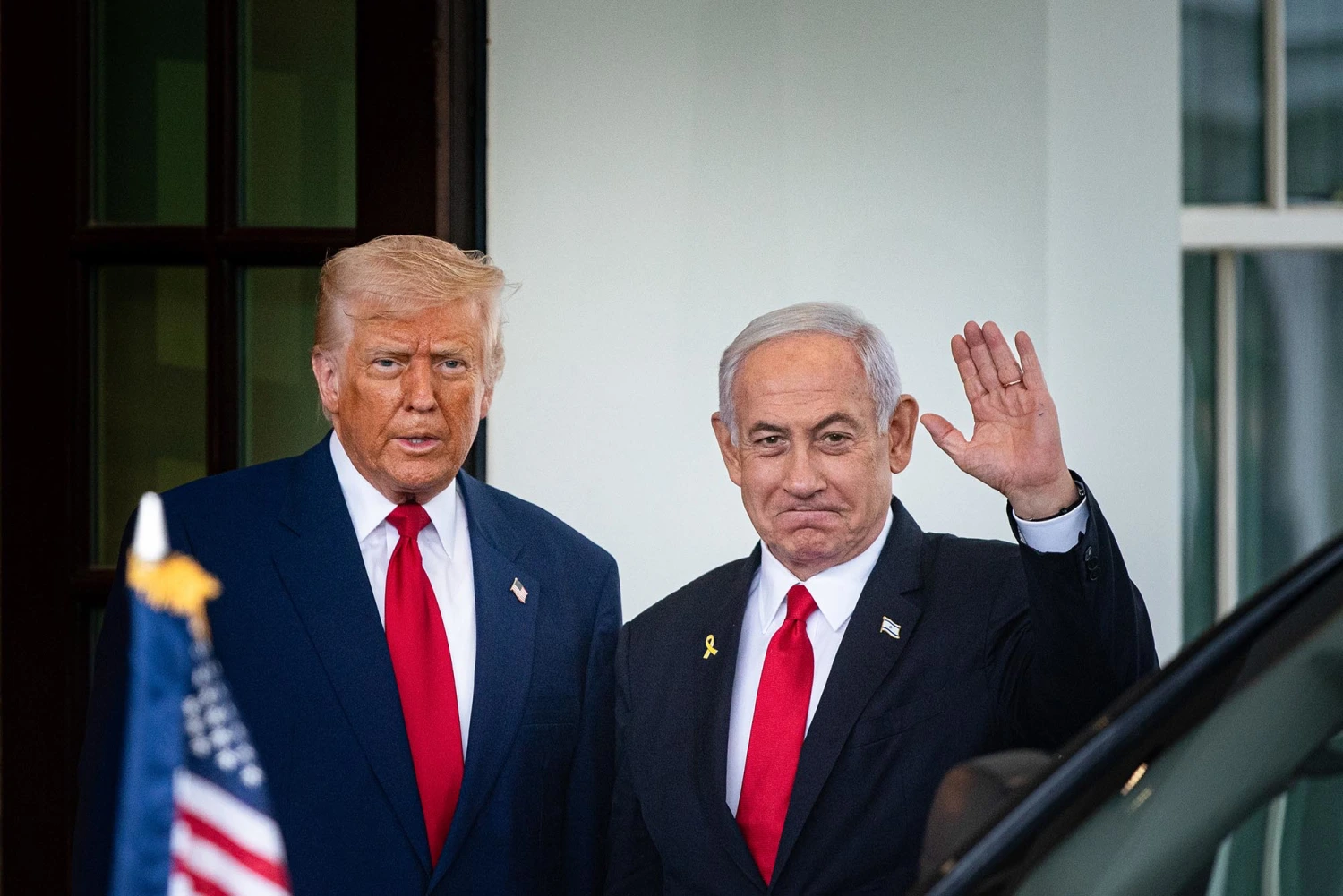
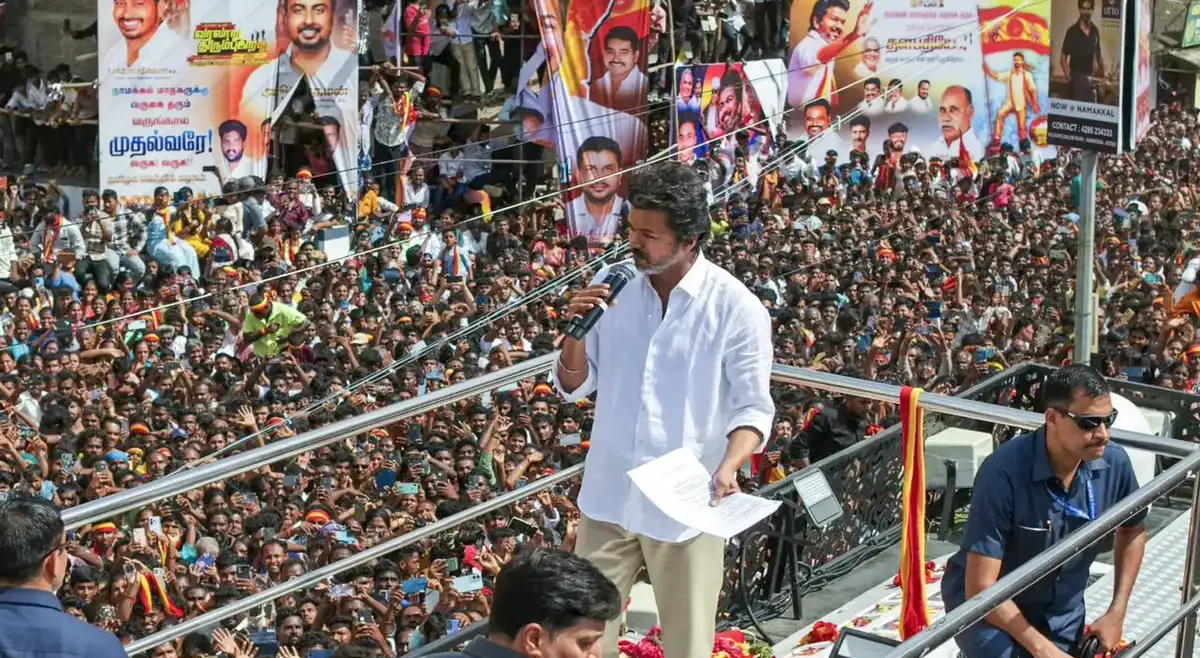
Leave a Reply